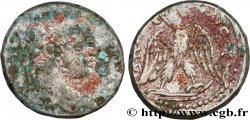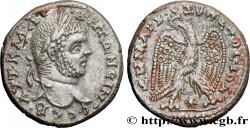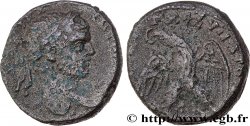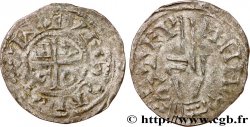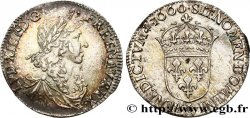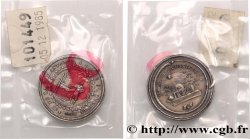Live auction - bpv_599561 - CARACALLA Tétradrachme syro-phénicien
You must signin and be an approved bidder to bid, LOGIN TO BID. Accounts are subject to approval and the approval process takes place within 48 hours. Do not wait until the day a sale closes to register. Clicking on "BID" constitutes acceptance of the terms of use of cgb.fr private live auctions.
Bids must be placed in whole Euro amounts only. The sale will start closing at the time stated on the item description; any bids received at the site after the closing time will not be executed. Transmission times may vary and bids could be rejected if you wait until the last second. For further information check the Live auction FAQ
All winning bids are subject to a 18% buyer’s fee.
All winning bids are subject to a 18% buyer’s fee.
| Estimate : | 800 € |
| Price : | 480 € |
| Maximum bid : | 480 € |
| End of the sale : | 28 July 2020 15:09:10 |
| bidders : | 4 bidders |
Type : Tétradrachme syro-phénicien
Date: 212-213
Mint name / Town : Laodicée, Syrie, Séleucie et Piérie
Metal : billon
Diameter : 25 mm
Orientation dies : 1 h.
Weight : 12,65 g.
Rarity : R3
Coments on the condition:
Très bel exemplaire, bien centré des deux côtés. Superbe portrait. La monnaie a conservé une partie de son coupant d’origine. Patine grise de collection
Catalogue references :
Obverse
Obverse description : Tête radiée de Caracalla à droite, l’un des deux rubans de la couronne laurée descendant sur l’épaule (O).
Obverse legend : AUT KAI..ANTWNEINOS .SE. (Autokrator Kaisar Antwneinos Sebastos)
Obverse translation : (L’empereur césar Antonin auguste).
Reverse
Reverse description : Aigle debout à droite, les ailes déployées, la tête et la queue tournées à gauche, couronne feuillée dans le bec ; entre les pattes de l'aigle, sur une ligne de terre, une étoile à huit rais.
Reverse legend : DHMARC. EX. UPATOS. TOG. (Dhmarcikhs Exousias Upatos to G)
Reverse translation : (Puissance tribunitienne, consul pour la troisième fois).
Commentary
Dans la base TSP maintenue par Michel Prieur, six exemplaires sont maintenant répertoriés, aucun en musée.







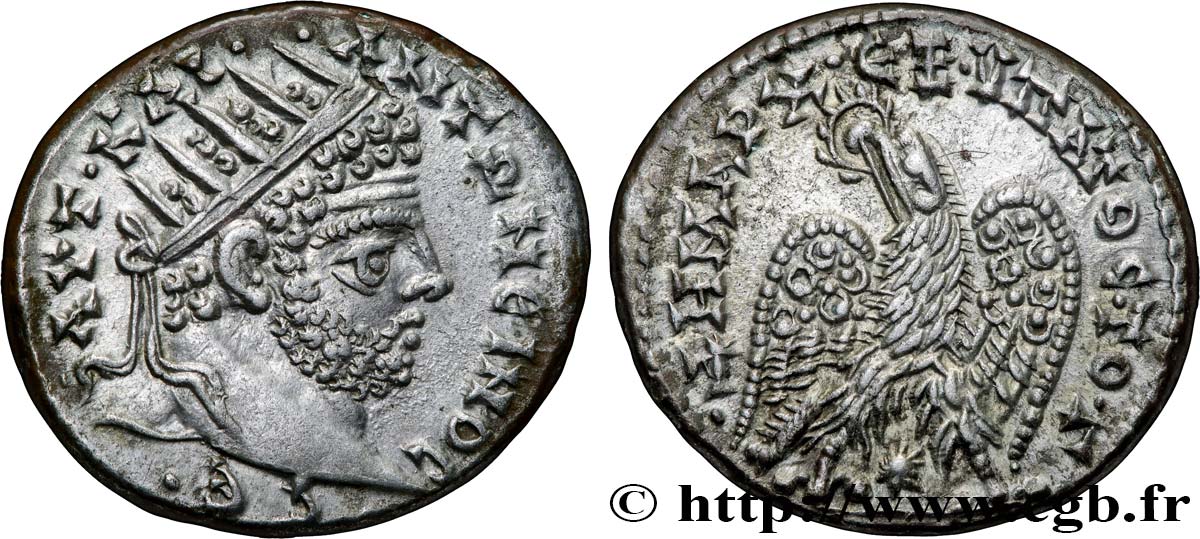
 Report a mistake
Report a mistake Print the page
Print the page Share my selection
Share my selection Ask a question
Ask a question Consign / sell
Consign / sell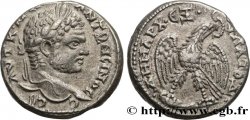
 Full data
Full data